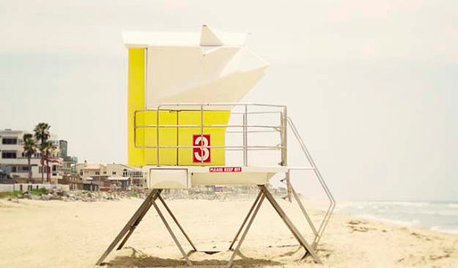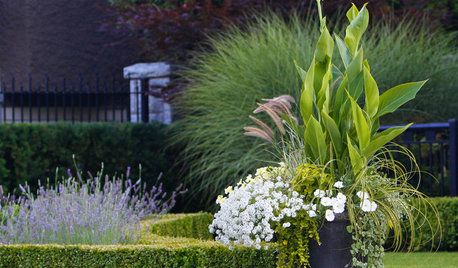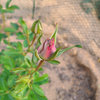Sulphur
desertsol
18 years ago
Related Stories

GARDENING FOR BUTTERFLIESGreat Design Plant: Ceanothus
Try these springtime stars for a bolt of blue, especially where you've got a dry spot in the garden
Full Story
GREENColor Guide: How to Work With Chartreuse
As earthy or electric as you please, this yellow-green hue brings the zing or just freshness to homes from traditional to modern
Full Story
HEALTHY HOMEHow to Choose a Home Water Filtering System
Learn which water purification method is best for your house, from pitchers to whole-house setups
Full Story
ENTERTAININGA Place for Everything: Beautiful Ways to Style Your Table
Polish your silver and pull out your china as we look at how tables were laid out traditionally and how they shine now
Full Story
WINTER GARDENINGPruning Secrets for Exquisite Roses
Encourage gorgeous blooms year after year with this time-tested advice on how to prune your rosebush in winter for health and shape
Full Story
TASTEMAKERSPro Chefs Dish on Kitchens: Michael Symon Shares His Tastes
What does an Iron Chef go for in kitchen layout, appliances and lighting? Find out here
Full Story
PRODUCT PICKSGuest Picks: 20 Dreamy Summer Art Photographs
Nostalgic yet of the moment, these prints celebrate summer's delights — and they start at only $10
Full Story
GARDENING GUIDESGreat Design Plant: Cannas
Easy to grow and maintain, these showy, colorful plants are perfect for beginning gardeners
Full Story
HOME TECHBuild a Smarter Kitchen Now With Gadgets You Already Own
Technology can improve your kitchen's efficiency for next to nothing — just look to your old phone or tablet
Full Story
FUN HOUZZEverything I Need to Know About Decorating I Learned from Downton Abbey
Mind your manors with these 10 decorating tips from the PBS series, returning on January 5
Full StoryMore Discussions







AzDesertRat
Easygoing
Related Professionals
Montgomeryville Landscape Architects & Landscape Designers · North New Hyde Park Landscape Architects & Landscape Designers · Signal Hill Landscape Architects & Landscape Designers · Winder Landscape Architects & Landscape Designers · Paradise Landscape Architects & Landscape Designers · Brooklyn Center Landscape Architects & Landscape Designers · East Patchogue Landscape Contractors · Fruit Heights Landscape Contractors · Huntington Landscape Contractors · Las Vegas Landscape Contractors · Longview Landscape Contractors · Salem Landscape Contractors · Lake Worth Carpenters · Plainfield Carpenters · Tualatin CarpentersdesertsolOriginal Author
Pagancat
DesertDreamer
AzDesertRat
magnetogram
magnetogram
DesertDreamer
AzDesertRat
bethhawthorne
AzDesertRat
Bizfarmer
AzDesertRat